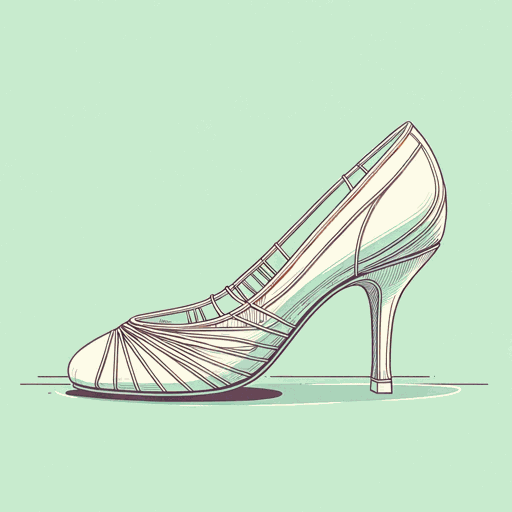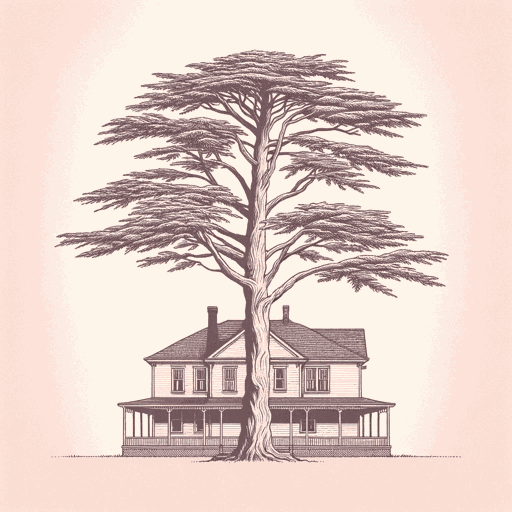40 pages • 1 hour read
Charles W. ChesnuttThe House Behind the Cedars
Fiction | Novel | Adult | Published in 1900A modern alternative to SparkNotes and CliffsNotes, SuperSummary offers high-quality Study Guides with detailed chapter summaries and analysis of major themes, characters, and more.
Symbols & Motifs
Molly Walden’s House
Molly Walden’s house, the titular house behind the cedars, is an embodiment of the liminal social and racial status of Molly and her children. The house, bought for Molly by the wealthy, white man who takes her as a kept woman, is located in the non-white portion of town, far from the hill on which the town’s elite have their mansions, but it is set back from the road and hidden from sight behind a row of dwarf cedar trees. The house’s location indicates that it is the residence of a black person, but its physical and visual separation from the other houses of the area indicates that the inhabitants are somehow different from their neighbors.
Despite her light skin and straight hair, Molly’s complexion means that she is considered black and cannot access the privileges and economic opportunities that are available to whites. Increased visual proximity to whites, however, does provide opportunity. So, when a wealthy white man notices young Molly, her family see an opportunity to climb the social ladder. As free blacks with a white patron, they can ascend to the highest rung available to nonwhites; it is in this context that Molly’s family decides to essentially prostitute her.
Related Titles
By Charles W. Chesnutt

Po' Sandy
Charles W. Chesnutt

The Conjure Woman
Charles W. Chesnutt

The Goophered Grapevine
Charles W. Chesnutt

The Marrow of Tradition
Charles W. Chesnutt

The Passing of Grandison
Charles W. Chesnutt

The Sheriff's Children
Charles W. Chesnutt

The Wife Of His Youth
Charles W. Chesnutt

